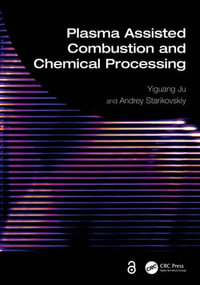
eTEXT
Quantum Kinetic Theory and Applications
Electrons, Photons, Phonons
By: Fedir T. Vasko, Oleg E. Raichev
eText | 8 June 2006
At a Glance
eText
$319.00
or
Instant online reading in your Booktopia eTextbook Library *
Read online on
Desktop
Tablet
Mobile
Not downloadable to your eReader or an app
Why choose an eTextbook?
Instant Access *
Purchase and read your book immediately
Read Aloud
Listen and follow along as Bookshelf reads to you
Study Tools
Built-in study tools like highlights and more
* eTextbooks are not downloadable to your eReader or an app and can be accessed via web browsers only. You must be connected to the internet and have no technical issues with your device or browser that could prevent the eTextbook from operating.
ISBN: 9780387280417
ISBN-10: 0387280413
Published: 8th June 2006
Format: PDF
Language: English
Publisher: Springer Nature
You Can Find This eBook In
This product is categorised by
- Non-FictionSciencePhysicsNuclear Physics
- Non-FictionSciencePhysicsOptical Physics
- Non-FictionSciencePhysicsQuantum Physics & Quantum Mechanics & Quantum Field Theory
- Non-FictionSciencePhysicsMaterials & States of Matter
- Non-FictionScienceChemistryAnalytical ChemistrySpectrum Analysis
- Non-FictionEngineering & TechnologyMechanical Engineering & MaterialsMaterials Science
- Non-FictionSciencePhysicsAtomic & Molecular Physics
- Non-FictionMathematics
- Non-FictionScienceChemistryPhysical Chemistry























